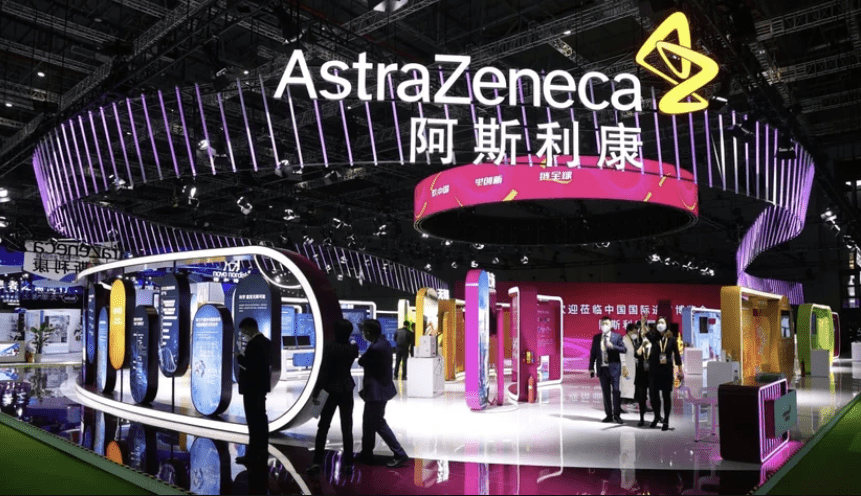
In the last several months, the Trump administration has been drafting an executive order about Chinese pharmaceuticals that would seriously change the landscape for the American biotech/pharmaceutical sector. The executive order would aim to restrict reliance on Chinese biotech while protecting American business development. It is still out for feedback to critical industry parties, but The New York Times recently obtained the most current draft.
Since 2020, China has ramped up its pharma production. Like other industries, China has been successful in building up the sector exceedingly fast. Many of the global powerhouses have opened new facilities in China for its cheaper, faster drug production. These globals are brands like AstraZeneca, Pfizer, and Novartis. It was found earlier this year that 11 of the biggest pharma companies have collectively invested $150 billion in licenses for Chinese novel treatments.
Meanwhile, American biotech majors would benefit from protection against China’s juggernaut industry. America has been the leader in biotech development for a long time with its ability to finance innovation, especially for visionary start-ups. In the last five to ten years, China has built up its pharmaceutical sector by systematically infiltrating American companies and copying technology that took years to create.
Often creating “knock-offs” of treatments or drugs being developed in America, China has gained a momentum that at this point looks impossible to stop. While the Trump administration is getting pressure from the Big Pharma giants who have heavily invested in China to avoid any restrictions, key American leaders are supportive of the executive order.
According to the NYT: “Prominent investors and corporate executives with close ties to the White House, including the tech billionaire Peter Thiel, the Google co-founder Sergey Brin, the Koch family and staff at the investment firm run by President Trump’s son-in-law Jared Kushner, have argued for a decisive crackdown against what they view as an existential threat by China to U.S. biotechnology.”
And they are not wrong that the amount of licensing deals China has secured will usurp America’s lead in pharma development. According to Axios, “By the numbers: China-sourced antibodies, heart treatments and other drug candidates will make up almost 40% of all licensing deals this year, up from less than 3% five years ago.”
At this point, it is likely far too late to slow China from being a global pharma provider. However, the Trump administration’s goal would be to decrease American reliance on China for important medications. The licensing deals China has rapidly acquired include basic things like acetaminophen (Tylenol) to revolutionary cancer treatments. Those who are against Trump’s regulation on Chinese drugs argue that it would cut access to potentially critical medications in the future.
Conversely, reliance on Chinese drugs could backfire as a result of political tension or geopolitical events. There is already a heavy industrial reliance on China, and for the same reasons, if that supply were cut, America would have a difficult time continuing operations. These license deals also undercut the American biotech sector, and if it continues, there may be fewer American companies starting up. This comes at a time of major budget cuts to the NIH and American research institutions during the Trump administration.
Another problem is that accepting Chinese drugs in the American market would mean the FDA would have to lower its procedures and oversight significantly. In many ways, the FDA is already weak in its capabilities to ensure Americans are getting access to safe medications. In order to use Chinese drugs, the FDA would have to lower testing protocols to match Chinese procedures in order to get drugs to the market fast enough.
Time will have to tell if this executive order makes the rounds of approval, and if it does so, even in time to change the current situation. Even if it does, a tipping point has been reached of Chinese biotech surpasses American production.


